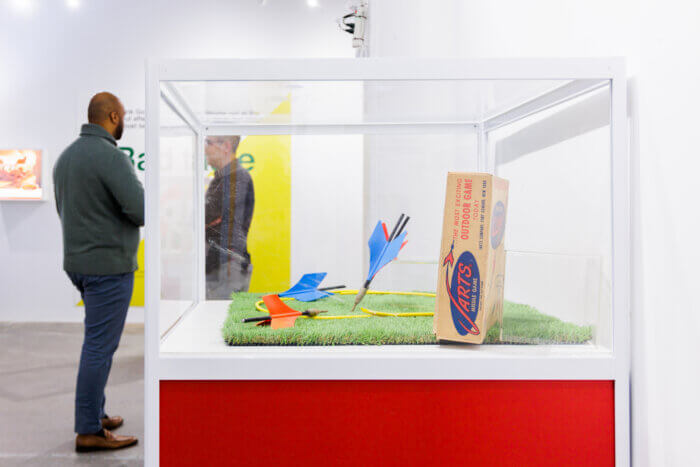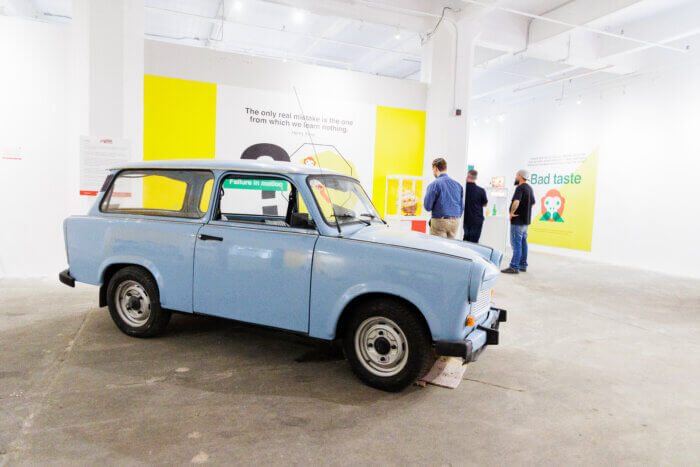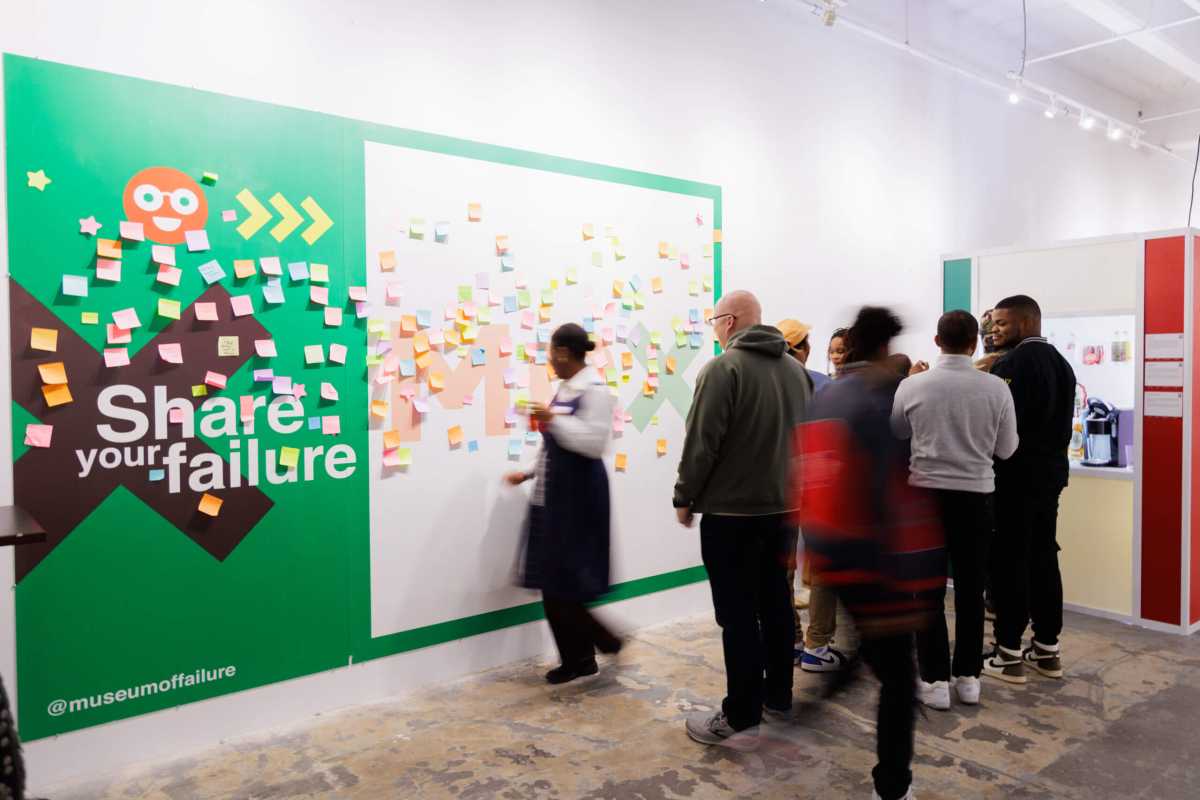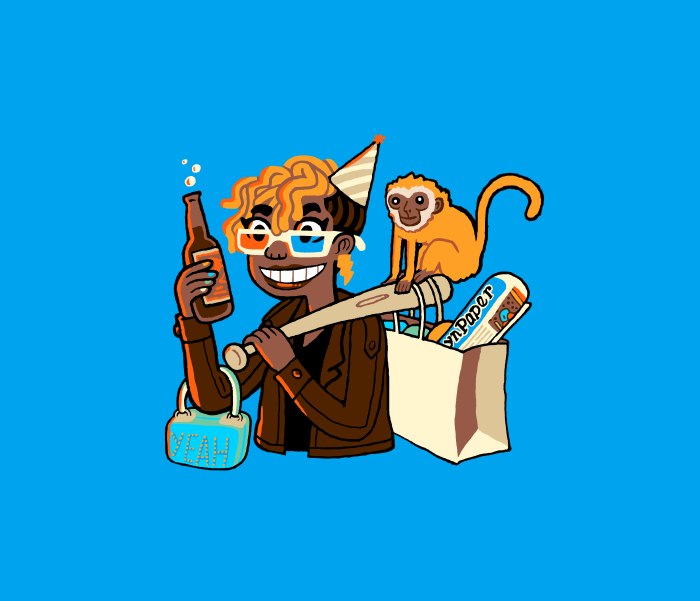The Museum of Failure, an exhibit displaying the globe’s most notable failed projects and innovations, opened to the public at Industry City on March 17.
Psychologist Samuel West launched the idea for the tribute to breakdowns and missteps after contemplating the psychology behind innovation — or the lack thereof.
“The biggest obstacle to innovation is the fear of failure,” West said. “So it was in that thought like, ‘hey I want to do something with this fear of failure in relation to progress [and] innovation.’”
In order for something to be considered a ‘failure’ and to be eligible for entry into the exhibition, West determined that projects and services must meet certain criteria — namely, an innovative product or service that was an attempt at improving an existing one, which ultimately ended up being a commercial failure.

Visitors to the museum will see some recognizable names, such as Google Glass — the search company’s attempt to place a computer screen on the corner of wearers’ field of vision, accompanied with a face-mounted camera. The product retailed for $1,500, but ultimately lasted only 36 months on the market before being shuttered due to its limited use-case and privacy concerns.
Others include the DeLorean — a sports car with exotic gull-wing doors, most recognizable from the movie “Back to the Future.” Despite being branded as a luxury car, the engine was severely lacking. The body of the car was also terribly difficult to keep clean. Ultimately, the car was dubbed a “nightmare on wheels,” and the DeLorean Motor Company went bankrupt.
Visitors will also learn about failures they may not have heard about. Olestra, for example, was an additive from the mid-1990s to many fat-free foods, such as chips. The additive was meant to synthesize fat without the negative side effects — though it came with its own problems. Since the body could not absorb olestra, consuming it in larger amounts would cause gastric cramps and diarrhea, and it was ultimately shelved.
In total, the museum features over 140 object depicting different famous failures.
West says he landed on the idea for a museum after looking for an outlet to share his own fascination with failures with the public.
“I didn’t know what to do,” West said. “‘Should I write a book? Should I write a couple of articles?’ I just needed a medium and I stumbled upon the museum form and I was like ‘hallelujah!’”
The traveling exhibition, which has been operating since 2017, proved somewhat ironically to be a massive success, and has since toured countries across the globe including Sweden, Canada, France and in the United States.
Still, West still finds himself blown away by how popular the exhibition can be, and was surprised by how many individuals came when it opened in Brooklyn.
“I was blown away by how swamped we were on Saturday,” said West. “Friday was busy but Saturday was insane. It was fantastic to see that there were so many visitors this weekend.”
The interest and popularity of the museum, West hypothesized, was that guests could perhaps relate or feel encouraged to pursue opportunities and experiences after seeing that bigger corporations and innovators make mistakes or fail just as well.

“I didn’t think of this when I designed the museum, but one of the most satisfying reactions to see is that people feel liberated when they see big well-known brands and companies that have extreme amounts of money and skills and experience and they still fail when trying new things. People feel liberated like ‘big boys’ can fail, so why can’t we?’” West said.
West also believes that, based on his experience working as a psychologist, that failure and the fear or anxiety of failing is much more nuanced than people may think.
“The fear of failure is not so much the fear of failing with something, it’s the fear of being negatively judged by others, [particularly by] your peers or people that you want to be in high standing with,” said West.
The exhibition is located in Industry City, and runs through May 14. It is open Tuesday through Thursday, Saturday and Sunday from 10 a.m to 6 p.m. and is open from 10 a.m. to 7 p.m. on Friday.
To learn more about the Museum and Failure and to purchase tickets, visit the website here for more information.
























